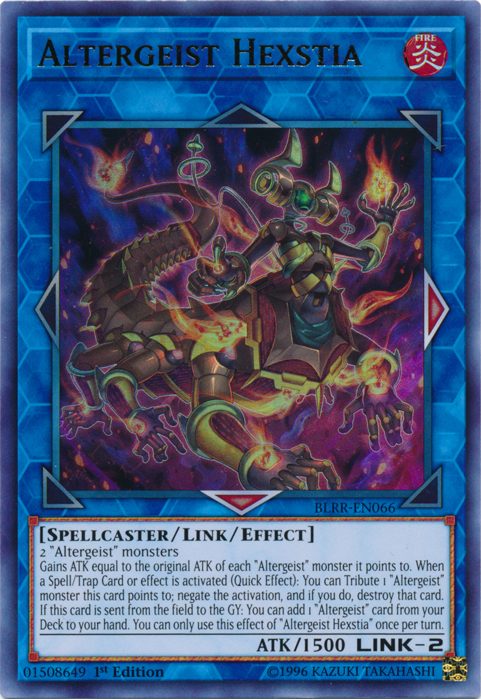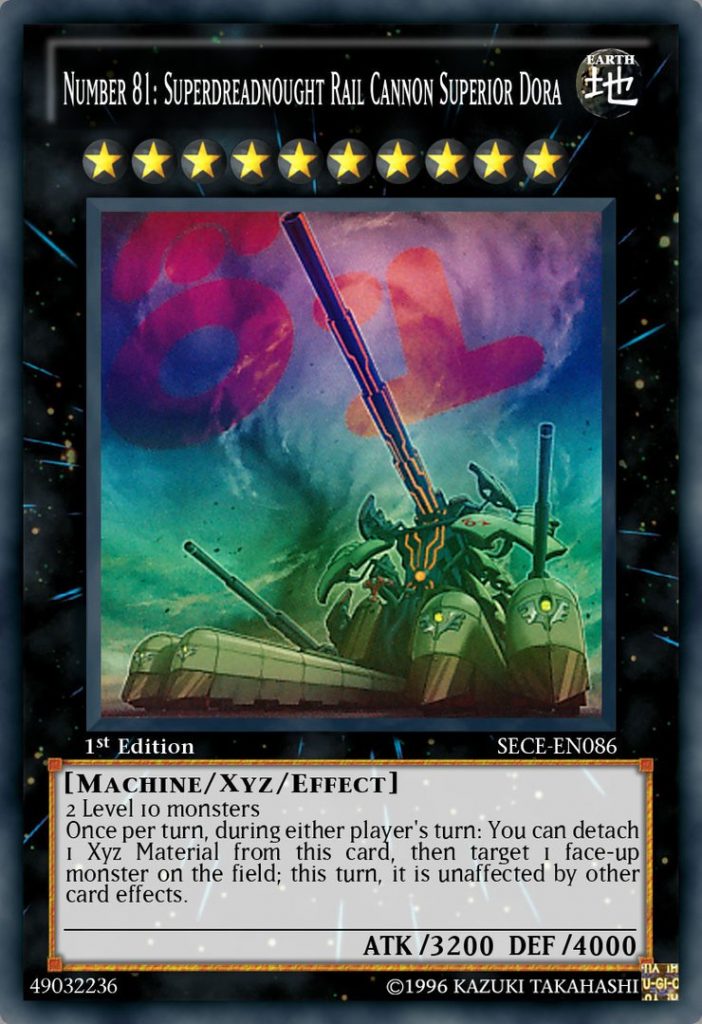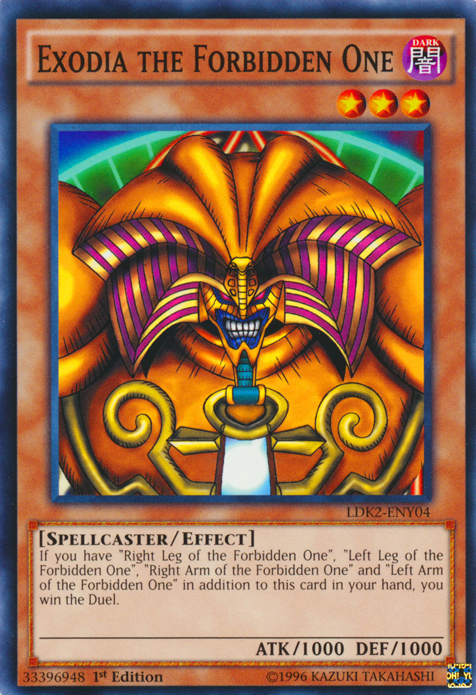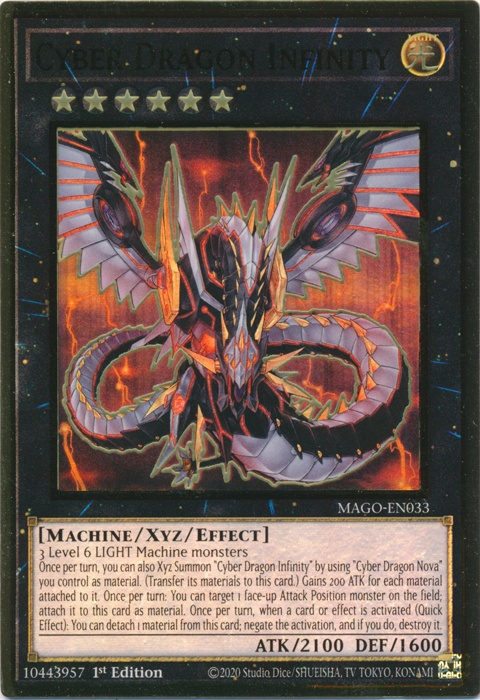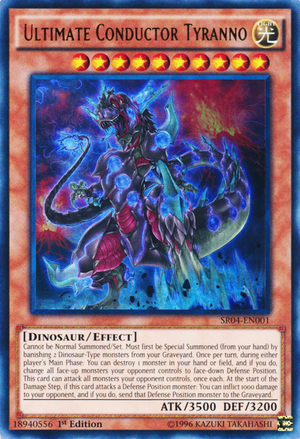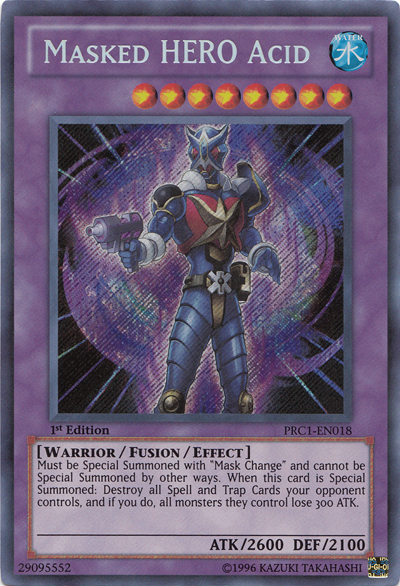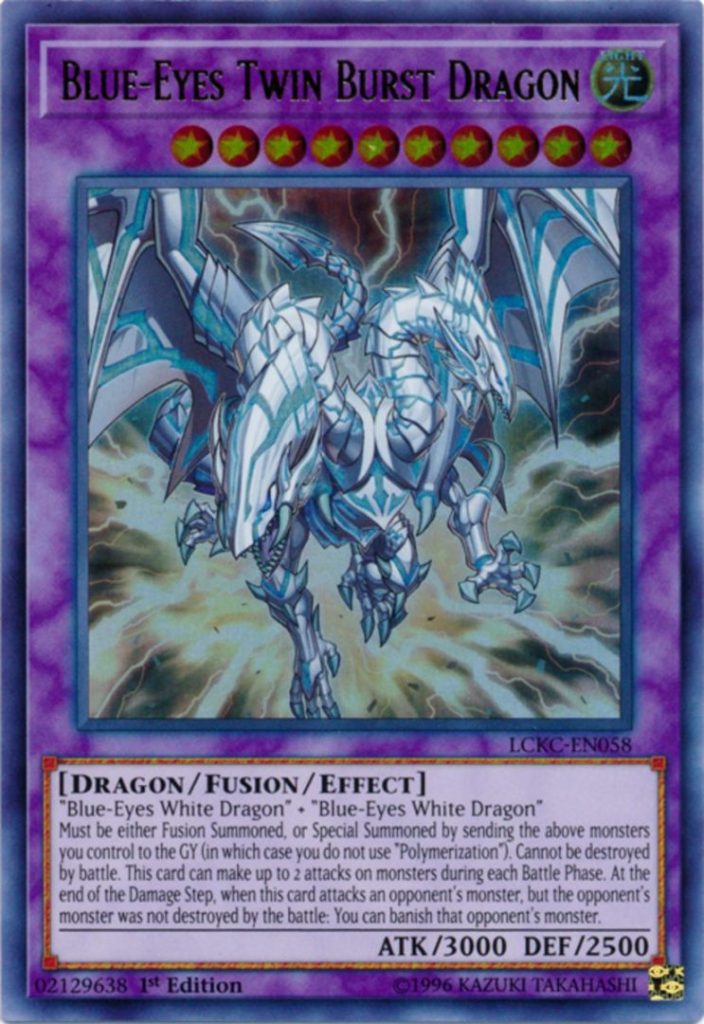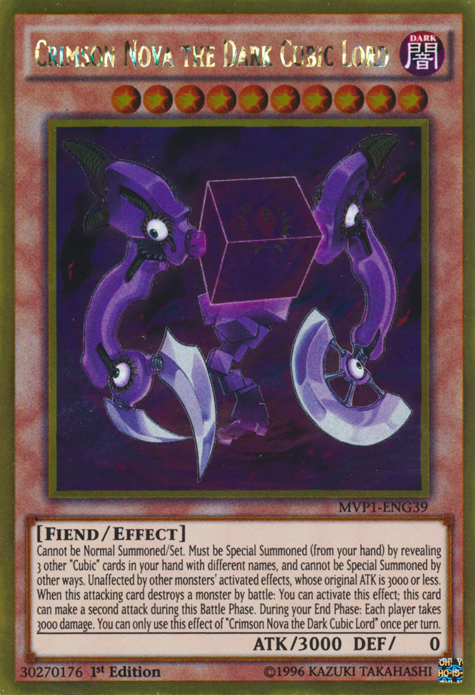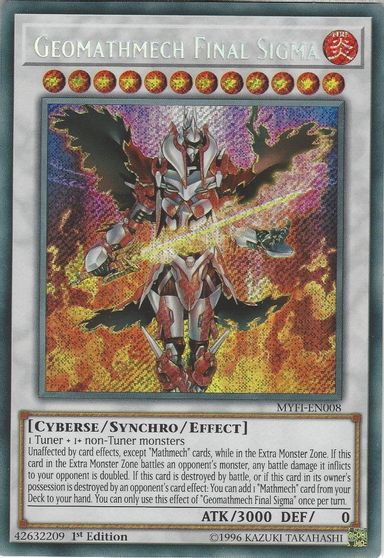Yu-Gi-Oh: Top 10 Best Decks for Beginners

Starting Yu-Gi-Oh can be a daunting experience. Hundreds of archetypes exist, just a few booster packs can be overwhelming with the multitude of cards included that don’t work together.
Structure decks are by far the cheapest way to get a good start in Yu-Gi-Oh but they aren’t competitive. Instead, this beginner list will focus on decks that can stand a chance in the competitive scene, rather than start your casual collection.
All options on this list will be both beginner and budget-friendly. Links to decklists are included so you can get the perfect deck to start playing Yugioh in mere minutes!
10. Altergeist
Based around using monster effects to search for trap cards and nullify your opponent’s strategy, AltergeistS are a powerful control archetype.
Multifaker is the standout monster in this deck, capable of giving you plenty of summon fodder for Links, or search for additional Altergeist strategies.
As a control deck, you won’t really be summoning big boss monsters. Instead, Altergeists look to prevent your opponent from playing the game while simultaneously whittling their life points down slowly.
9. Infinitrack Trains
If you enjoy summoning huge machine monsters, this deck is perfect for you.
Also known as Rank 10 Trains deck, they’re featured as one of the best budget decks in the game.
Utilise the effects of low level train machine monsters to swarm the field with your locomotives, then simply overlay them for huge XYZ summons.
Powerful spells give protection to your trains, as well as search for additional cards when they are summoned.
8. Exodia
Exodia decks can be built in two ways; stall or draw.
Stall: Set up an unbreakable board, negate any effects your opponent tries to activate. Then wait until you draw all 5 pieces.
Draw: Attempt to draw through your entire deck in 1-2 turns.
Both have their advantages and disadvantages. Stall is slightly more reliable whereas Draw ends with faster duels.
While you’ll never win a tournament using Exodia, it’s a great deck for beginners due to the lack of complexity. You’ll learn so much about other decks, archetypes, or players.
After all, game knowledge is one of the biggest aspects of success in Yu-Gi-Oh.
7. Cyber Dragons
Can be built in a variety of ways, the recent addition of new Cyberdark cards adds a new dimension for how Cyber Dragons are built.
In general, you want to lock your opponent down with Cyber Dragon Infinity (pictured) and summon huge fusion monsters to wipe them out in one turn.
Plenty of search cards make Cyber Dragons viable, as well as their huge variety of extra deck monsters. Would recommend building a Cyber Dragon Pure and Cyberdark Cyber Dragon deck as they’re both equally as fun to play!
6. Lost World Dinosaurs
Still one of the best budget competitive decks in Yu-Gi-Oh, Ultimate Conductor Tyranno is an absolute beast of a dino.
Basically a mix of combo and control strategies, dinos are exceptional for searching and summoning their dinosaur friends.
Mix lost world dinos with the Dinowrestler archetype for even more combo power.
5. Frogs
Konami is constantly releasing new Water attribute support cards but Toadally Awesome and his frog friends are still at the top of the ladder.
Frogs are an amazing control archetype that can negate effects consistently, as well as search and summon other Water monsters when they are destroyed.
Alongside Paleozoic traps, you have a steady income of Link/XYZ fodder to output plenty of extra deck monsters.
It was only 2 years ago that Frogs were topping tournaments and they’re still highly relevant today.
4. Heroes
Dozens of individual HERO cards but beginners are recommended to stick to Masked HEROs, thanks to their simplicity. Over time, you can upgrade to stronger HERO strategies.
Masked Heroes Dark Law and Acid (pictured) are two of the best and they’re both available for cheap budget prices. Remarkably easy to summon as well as turning the tide of an entire duel.
While they aren’t fully viable in the competitive scene, they’re well worth collecting and using for any beginner as support is released consistently and there are plenty of ways to build them.
3. Blue-Eyes
Blue-Eyes has fusions, rituals, and synchro monsters available to its archetype.
For beginner plays, I’d recommend sticking with either the fusions or rituals. Then migrate into the synchro aspect over time.
Use archetype specific cards to search and add Blue-Eyes White Dragons to your hand and/or graveyard. Combine the Blue-Eyes White Dragons in your hand with ritual or fusion cards to summon a big Blue-Eyes boss monster. Simple as that!
They are the premiere Dragon archetype in the entirety of Yu-Gi-Oh, as well as the most fun to play both with and against.
2. Cubics
Dirt cheap deck with insane OTK power, Cubics are a weird hybrid deck that seems to have an answer for everything.
Aim of the game is to get Crimson Nova (pictured) on the field as soon as possible. Keep it backed up by spell, trap, and monster support and it’ll carry the duel.
You’ll be surprised at how commonly you can OTK opponents with such a random deck but it’s so, so good. I highly recommend any beginner player invest in Cubics as the majority of cards are cheap and come in high rarities.
1. Mathmech
Mathmechs are a hugely reliable and versatile combo deck for any beginner player to get a grip of. Combo decks are the lifeblood of Yu-Gi-Oh in 2022 so it’s important you have at least one.
Building a Mathmech deck will see you utilise XYZ, Synchro, and Link monsters all in the same duel. You will also need a keen knowledge of strategies and combos, often developed by yourself with time and experience.
Once you get a grip of Mathmechs, they will serve you well as a powerful (and cheap) deck to combat many of the most popular archetypes currently seen.
The post Yu-Gi-Oh: Top 10 Best Decks for Beginners appeared first on QTopTens.
